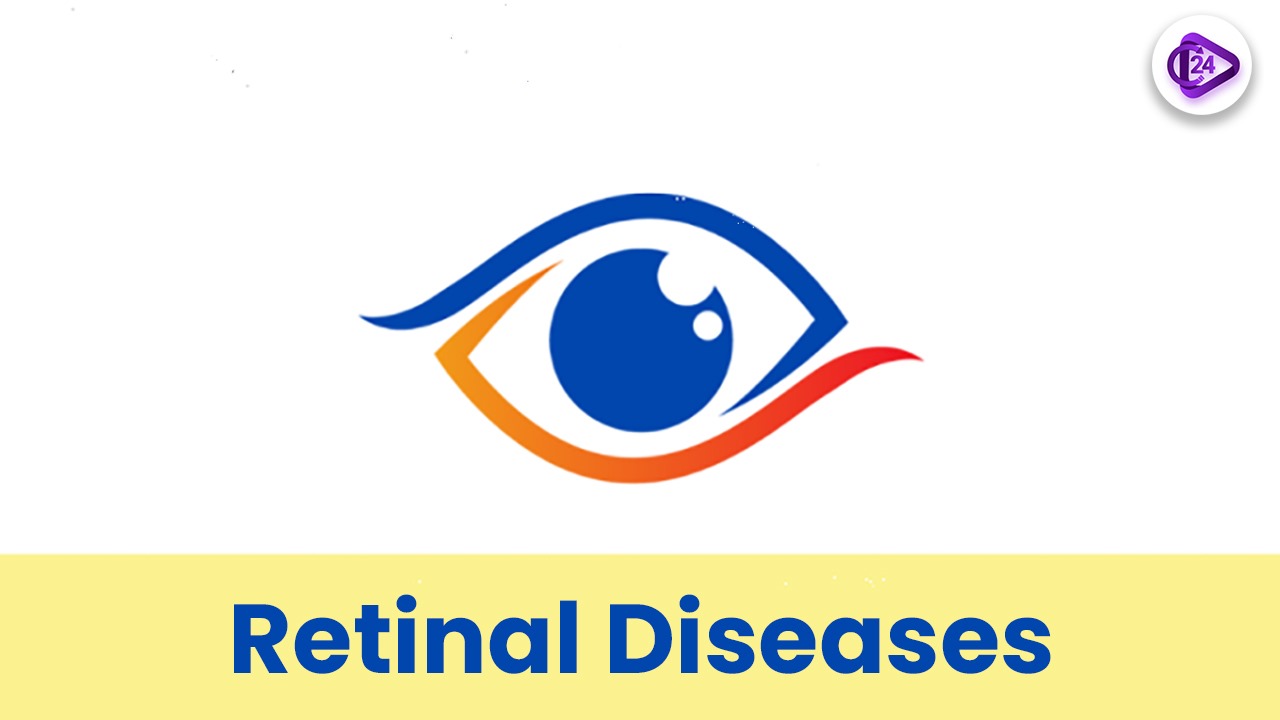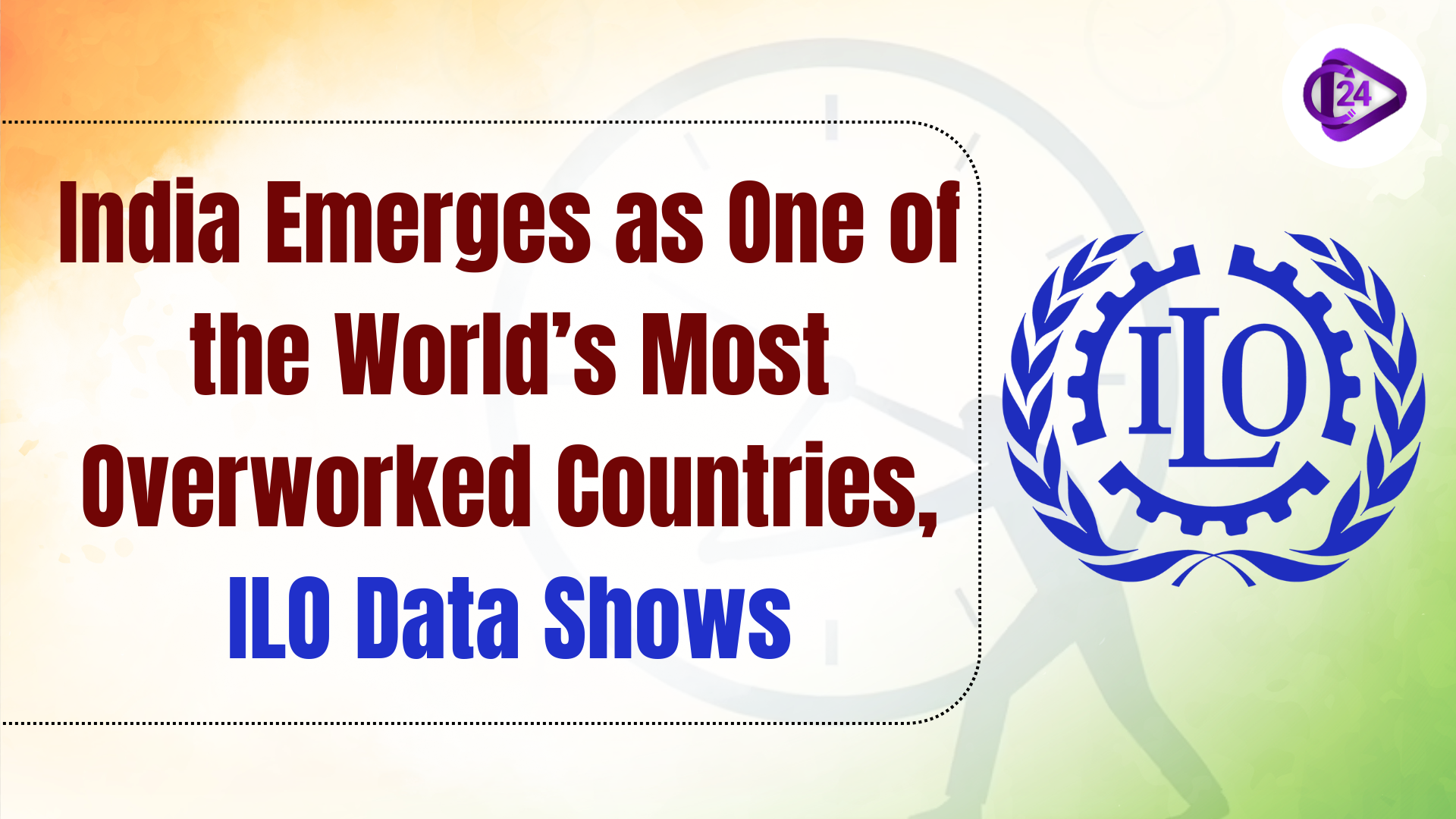
Inherited retinal diseases (IRDs) are genetic conditions that lead to progressive vision loss and often blindness. RNA-based therapies have emerged as a promising solution, offering new hope for treating these diseases. However, despite significant advancements in the field globally, India faces challenges in adopting these treatments due to barriers in research, public awareness, and accessibility. The country’s diverse genetic makeup adds complexity, making precise, localized treatments crucial. Addressing these challenges could open the door to effective therapies for millions of IRD patients in India.
RNA-based therapeutic approaches offer to treat inherited retinal diseases (IRDs) which create vision deficiencies leading to blindness. Genetic research alongside precision medicine is a priority in India because it determines the accessibility of advanced medical treatments.
Gene Therapy Breakthroughs
-
The U.S. Food and Drug Administration authorized their first therapeutic gene treatment for RPE65 gene mutation-induced blindness in 2017.
-
More than 50 clinical research studies are working to develop gene therapies that treat IRDs.
-
Present-day advancements in the field do not match India's declining knowledge level about gene therapies.
Inherited Retinal Diseases (IRDs) together with their effects
-
IRDs are genetic disorders leading to gradual vision loss and often blindness, caused by mutations in over 300 retinal genes.
-
Patients with this condition experience either birth-related vision loss or gradual progression toward blindness yet early medical involvement can often stop or postpone blindness development.
-
Global prevalence: A global prevalence study shows IRDs impact 5.5 million individuals because these diseases affect 1 in 3,450 people globally.
-
India has a higher prevalence:
-
1 in 372 in rural South India
-
1 in 930 in urban South India
-
1 in 750 in rural Central India
-
RNA-Based Therapies: A Safer Alternative
-
RNA-based antisense oligonucleotides (ASOs) represent a precise temporary therapeutic approach that modifies gene expression but leaves DNA sequence intact.
-
Treatment of spinal muscular atrophy with antisense oligonucleotides has proven successful while researchers currently assess these compounds for IRDs.
-
Advanced methods that utilize ADAR enzymes together with suppressor tRNAs show great potential for mutation correction enabling possible restoration of retinal function.
Precision Medicine in India
-
Black box precision medicine develops customized treatment plans that incorporate each person's unique genetic DNA structure alongside health-related habits and added physiologic characteristics.
-
A comprehensive genetic map of mutations for IRDs remains lacking in India despite its importance for creating specific therapeutic approaches.
-
India’s diverse population causes genetic mutations to differ according to geographical regions which demands broad scientific investigation.
Barriers and Solutions
-
The implementation of genetic medicine in IRD patients faces barriers from low public education about these diseases along with restricted counseling options and insufficient financial support and regional accessibility issues in rural territories.
-
Matching efforts between research facilities CSIR-IGIB together with L.V. Prasad Eye Institute resulted in the creation of precise treatment methods.
-
Global pharmaceutical businesses together with domestic pharmaceutical partners should strive to enhance accessibility for these treatments.
Conclusion
RNA-based therapies hold great promise in treating inherited retinal diseases (IRDs) in India, offering a safer alternative to traditional gene therapies. However, the country's lack of a comprehensive genetic map and the diverse population's unique genetic makeup create challenges in applying these treatments. To unlock the full potential of RNA therapeutics, India needs continued research investments and public education campaigns. Collaborations between global and domestic pharmaceutical companies can play a pivotal role in improving accessibility. With a focus on precision medicine, RNA-based treatments can offer hope to millions of IRD patients in India.



 Important Days in December 2025 – National & International Observances
Important Days in December 2025 – National & International Observances India Ranks Among Most Overworked Countries Globally, Reveals ILO
India Ranks Among Most Overworked Countries Globally, Reveals ILO Gulmarg Gets Asia’s Longest Ski Drag Lift and First Revolving Conference Hall
Gulmarg Gets Asia’s Longest Ski Drag Lift and First Revolving Conference Hall Chhattisgarh Gets Its First Ramsar Site with Kopra Reservoir Declaration
Chhattisgarh Gets Its First Ramsar Site with Kopra Reservoir Declaration Birth Anniversary of Dr Rajendra Prasad
Birth Anniversary of Dr Rajendra Prasad Tessy Thomas Achieves Major Recognition With Dr Paulos Mar Gregorios Award 2025
Tessy Thomas Achieves Major Recognition With Dr Paulos Mar Gregorios Award 2025 Ramban Sulai Honey GI Tag: A Major Win for Traditional Beekeeping
Ramban Sulai Honey GI Tag: A Major Win for Traditional Beekeeping India Secures Third Rank in Asia Power Index 2025
India Secures Third Rank in Asia Power Index 2025 Constitution Day of India 2025: History, Meaning and Timeline Explained
Constitution Day of India 2025: History, Meaning and Timeline Explained India Launches ₹7,280 Crore Initiative to Develop Rare Earth Magnet Manufacturing
India Launches ₹7,280 Crore Initiative to Develop Rare Earth Magnet Manufacturing






